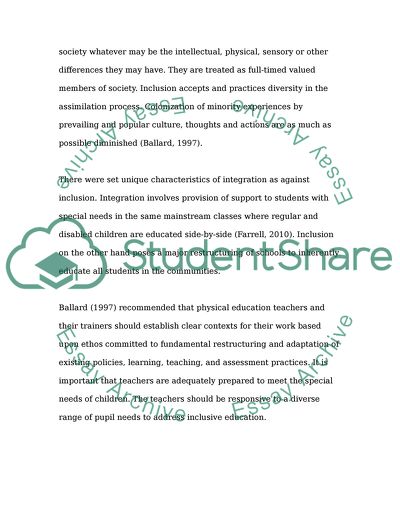Cite this document
(“Inclusion in Special Needs Education Research Paper”, n.d.)
Retrieved de https://studentshare.org/family-consumer-science/1423209-inclusion-special-needs-education
Retrieved de https://studentshare.org/family-consumer-science/1423209-inclusion-special-needs-education
(Inclusion in Special Needs Education Research Paper)
https://studentshare.org/family-consumer-science/1423209-inclusion-special-needs-education.
https://studentshare.org/family-consumer-science/1423209-inclusion-special-needs-education.
“Inclusion in Special Needs Education Research Paper”, n.d. https://studentshare.org/family-consumer-science/1423209-inclusion-special-needs-education.


